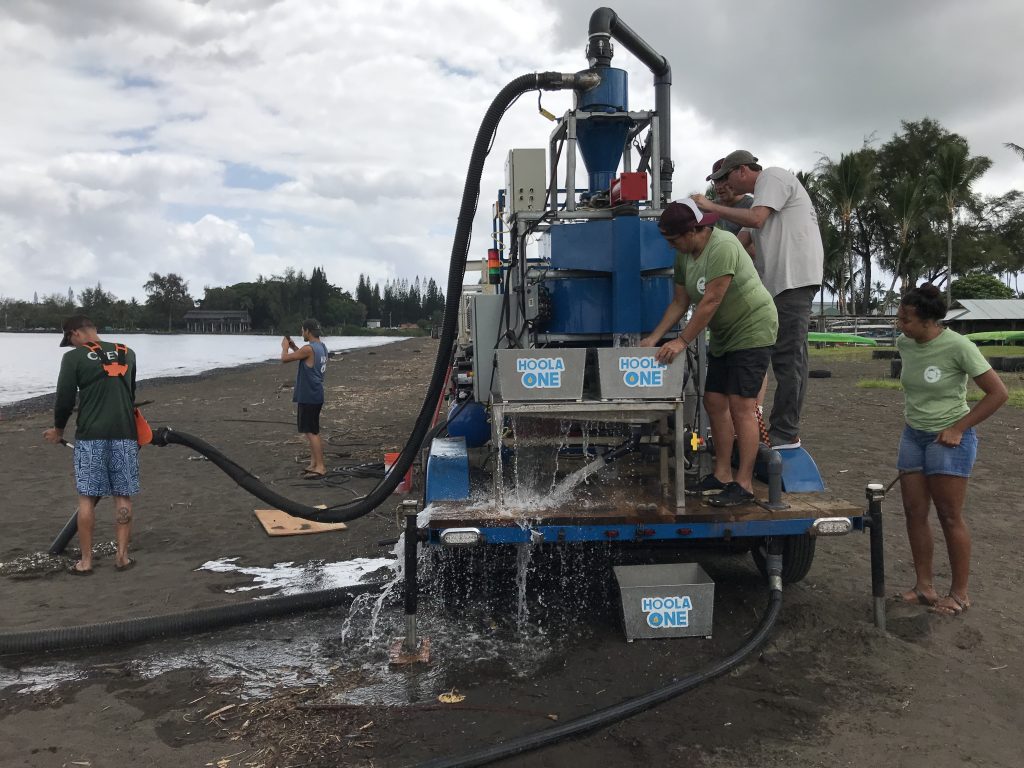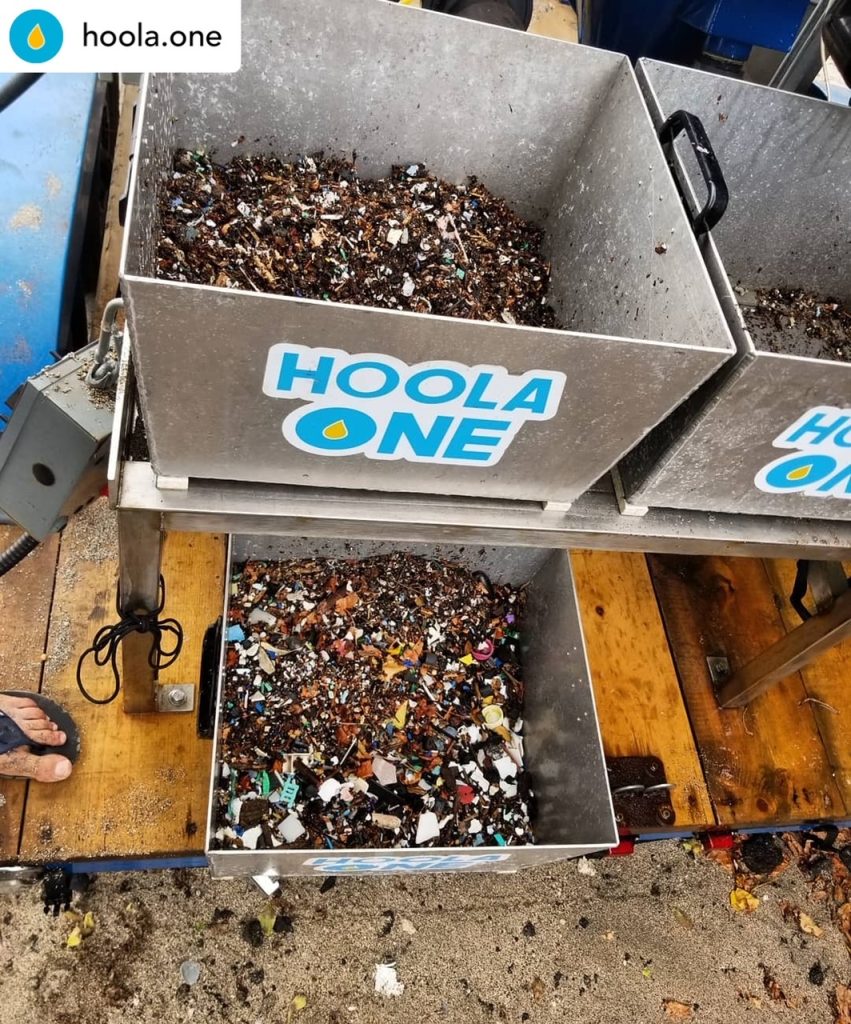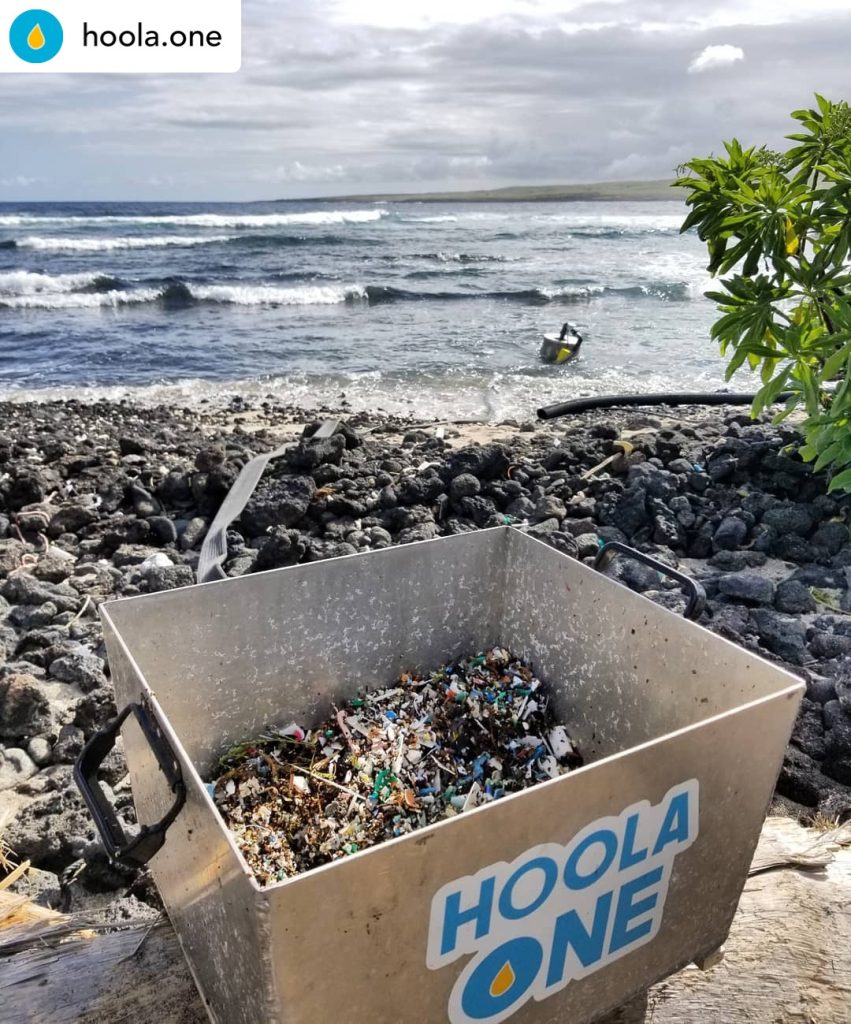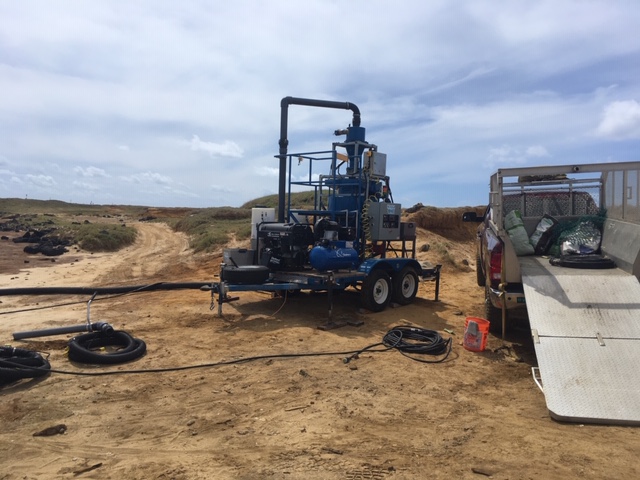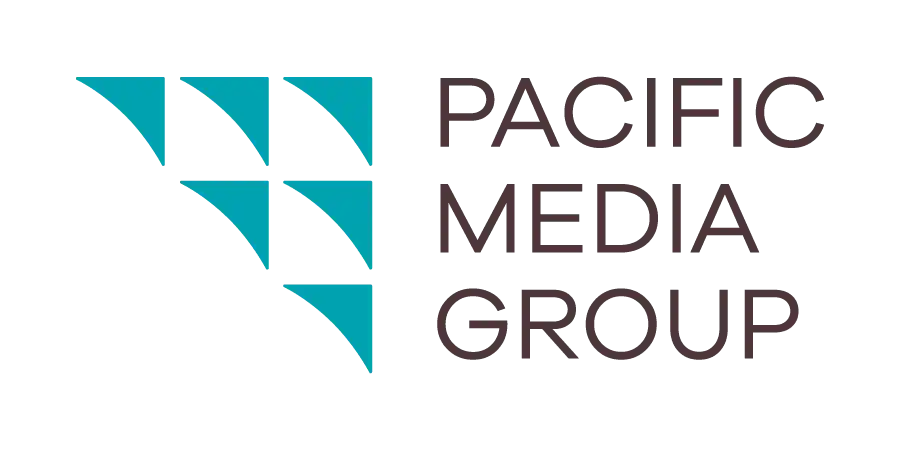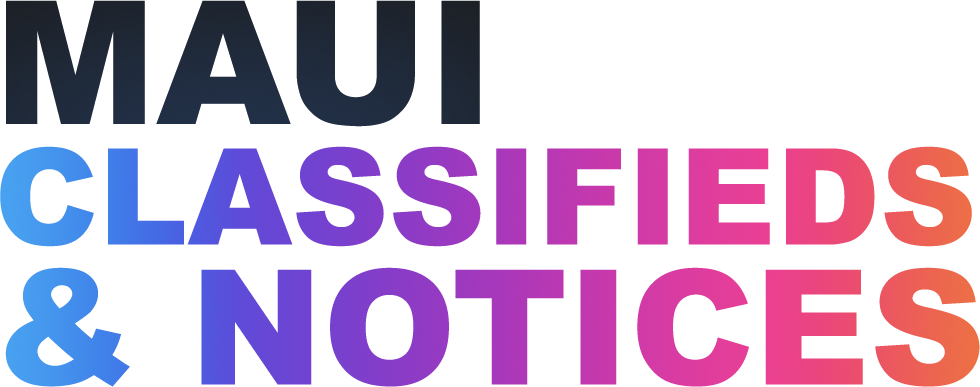Marine debris machine travels to Oʻahu to bring health back to impacted sands
This week, the Hōʻola One prototype, a beach-sand cleaning machine, moved from Hawaiʻi Island to Oʻahu, courtesy of a Young Brothers’ Community Shipping Program award to Hawaiʻi Wildlife Fund. This 14 feet long, 7 feet wide, and 9 feet high piece of equipment on a portable trailer can be moved from beach to beach to clean small plastics (a.k.a. “microplastics”) from the sand (from 0.002 to 2 inches in size).
The aptly named device, meaning to “bring back to life / restore sands” was meticulously built by 12 mechanical engineering students from Sherbrooke University in Quebec, Canada in consultation with Hawaiʻi Wildlife Fund co-founder and director of research emeritus, Bill Gilmartin in 2018.
Powered by the help of countless volunteers, has been cleaning the coastline near Kamilo Point in Ka‘ū on Hawaiʻi Island for over 20 years, and has recovered over 700,000 pounds of plastic, including bundles of nets and line. The machine cannot remove 100% of plastic debris, as the material breaks down into smaller and smaller pieces and never goes away. This makes microplastic debris the most difficult and remove from the beach.
The Sherbrooke University students raised over $48,000 to design and build Hōʻola One in 2018, and the Hawaiʻi Wildlife Fund raised over $11,000 to bring the machine to Hawaiʻi. The prototype was moved from Canada to Hawaiʻi the following year and was field tested at Kamilo and Kaʻaluʻalu. The overall efficacy of Hōʻola One was researched by then UH Hilo marine science student, Nic (Vanderzyl) Storie. Storie determined the mean efficacy of microplastic removal between both sites was 99.61%. Thanks to County of Hawaiʻi Parks & Recreation staff, the machine was also demonstrated to residents and partners along the Hilo Bayfront that summer, and was used regularly until 2022.

In late 2023, Hawaiʻi Wildlife Fund began making plans to transport the machine to Oʻahu and gift it to the nonprofit, SEED.World, whose co-founder, Ray Aiviazian III, had seen the machine in action at Kamilo in 2019. Aiviazian has also designed his own smaller-scale, microplastics removal machine, called BSD (buoyancy separator device). A demo will take place for the BSD on Thursday, Feb. 13.
Initially, shipping the Hōʻola One machine was delayed due to challenges in securing a storage facility on the north shore. That changed when the Hawaiʻi Wildlife Fund connected with the vice principal of Kahuku Elementary School, and she agreed to keep it at their school for the rest of the school year. In exchange, she asked Hawaiʻi Wildlife Fund and SEED.World to give a presentation about marine debris and the machine to her students. Hawaiʻi Wildlife Fund mentors flew to Oʻahu last month to present its Marine Debris Keiki Education & Outreach program to 4th and 5th graders, and a follow-up visit is in the works now that the machine has arrived.
“This entire endeavor is super exciting and a powerful example of collaboration involving many individuals and agencies,” said Hawaiʻi Wildlife Fund President Megan Lamson. “We are especially thankful to the 12 students-turned-engineers / owners of Technologie Hoola One Inc., and everyone involved in this effort! We look forward to hearing more about the successes of the machine cleaning beaches on Oʻahu, especially at Kahuku, and are grateful to Anandi Nedomansky / Oʻahu Nation Wildlife Refuge Complex and Amanda McCauley / Kahuku Elementary School for the persistence and passion in making this transfer happen.”



